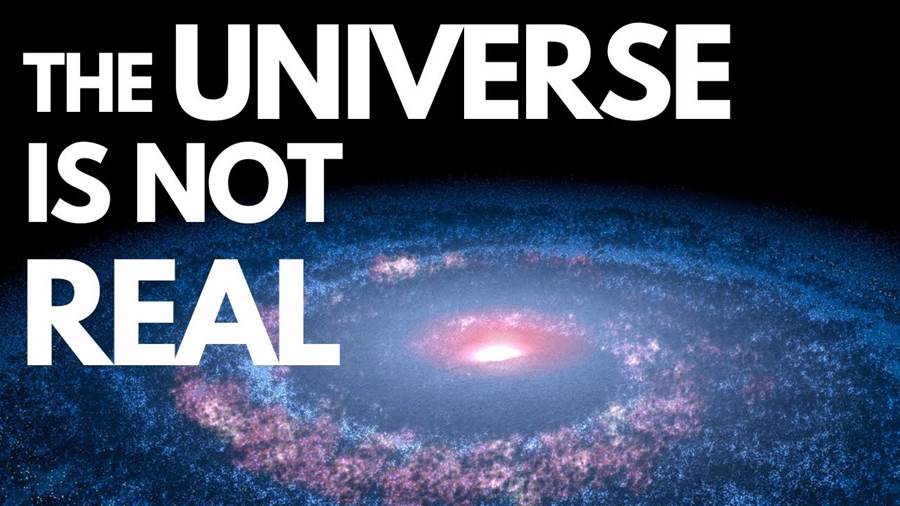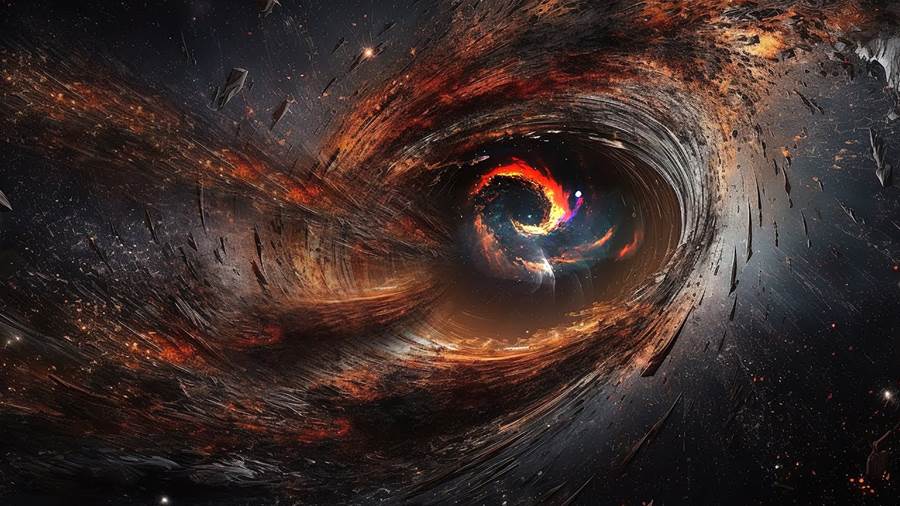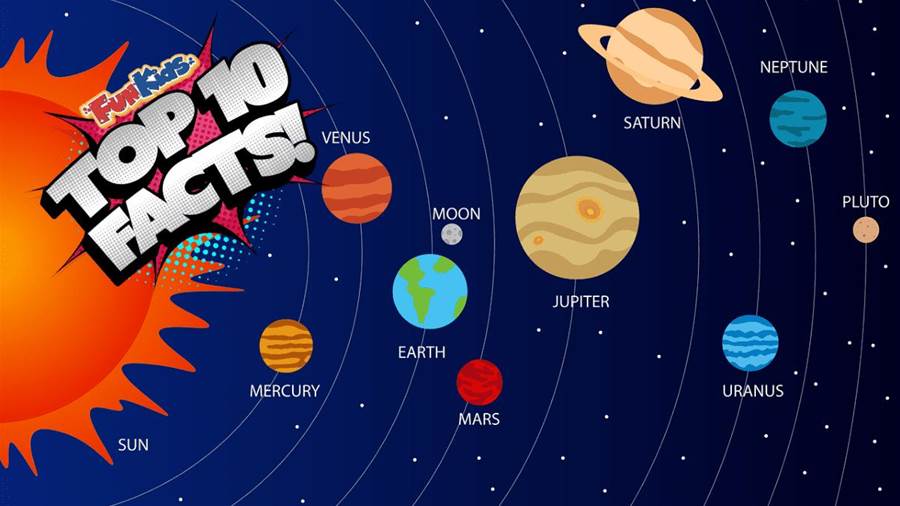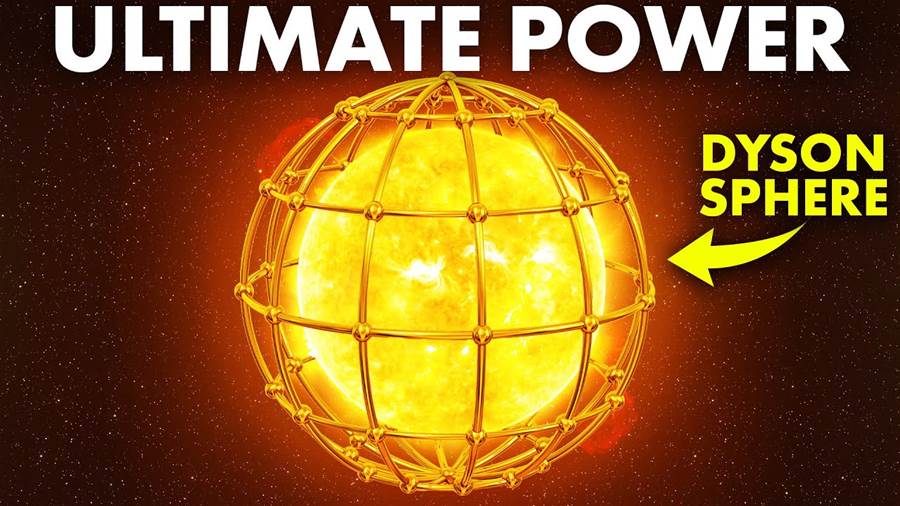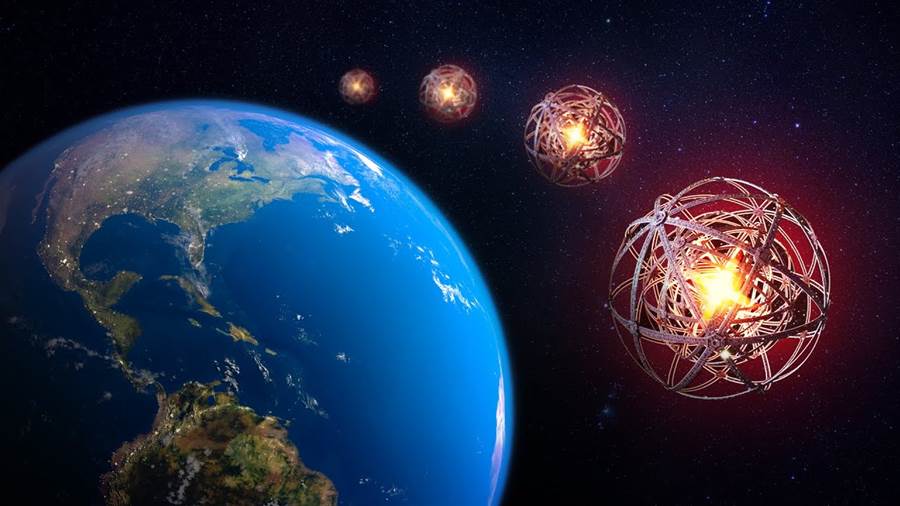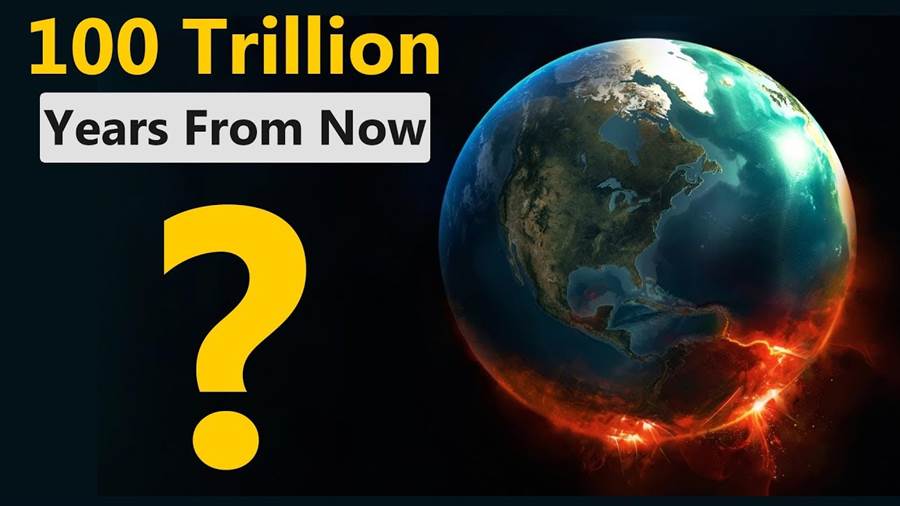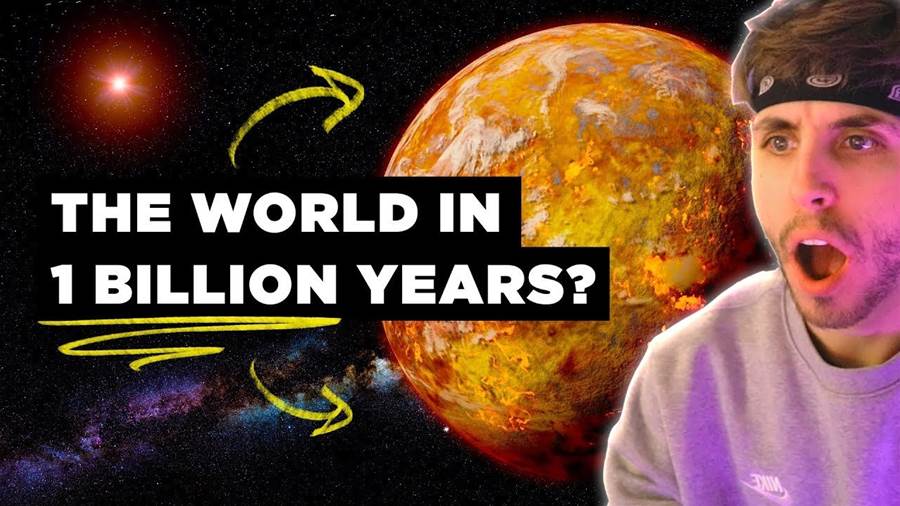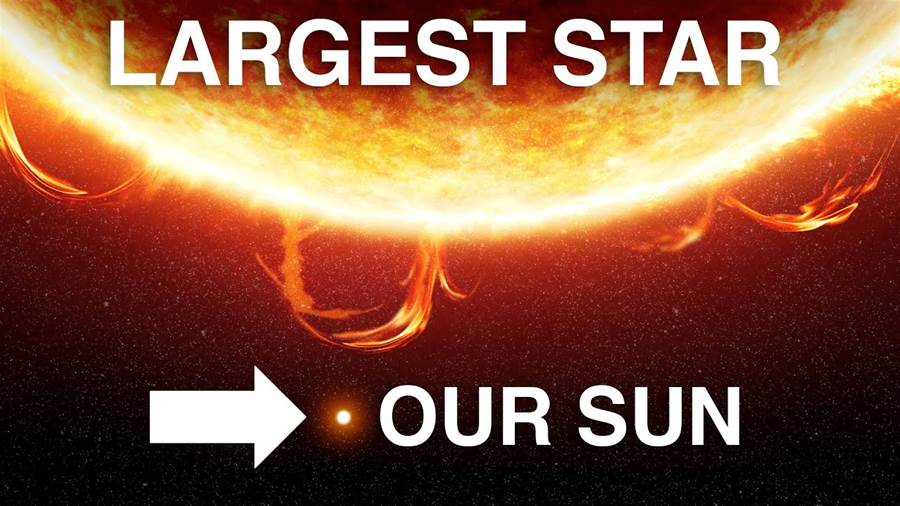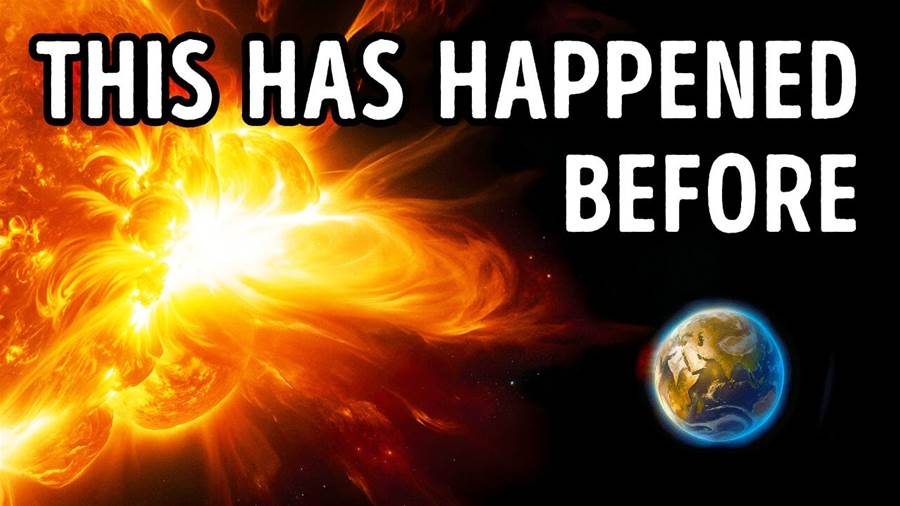
## The Dance of the Sun: Understanding Solar Events and Earth's Magnetic Shield
In May 2024, the night sky over Earth was painted with stunning auroras, magnificent displays of light that serve as a reminder of our sun's formidable power. These celestial phenomena arise from solar storms that emit energy in various forms, one of which includes solar particle events. Unlike the relatively benign beauty of auroras, these events represent a far more destructive manifestation of solar activity. During a solar particle event, intense bursts of protons surge forth from the sun’s surface, resembling giant cosmic searchlights.
Such extreme events, although rare, strike our planet roughly every thousand years, and when they do, they can wreak havoc on our atmosphere and increase ultraviolet (UV) radiation at the surface, posing risks to life on Earth.
Fortunately, Earth is safeguarded by a robust magnetic field, which acts as a protective shield against the electrically charged radiation emitted by the sun. This magnetic field, in its normal state, resembles a giant bar magnet, with its field lines extending from one pole of the planet, looping around, and re-entering at the opposite pole.
This unique configuration allows the magnetic field to function efficiently as a protective barrier, though there are caveats. The vertical orientation of the magnetic field at the poles permits some ionizing cosmic radiation to seep through to the upper atmosphere, where it interacts with gas molecules to create the breathtaking glow of auroras.
The article is not finished. Click on the next page to continue.
The article is not finished. Click on the next page to continue.
Next page